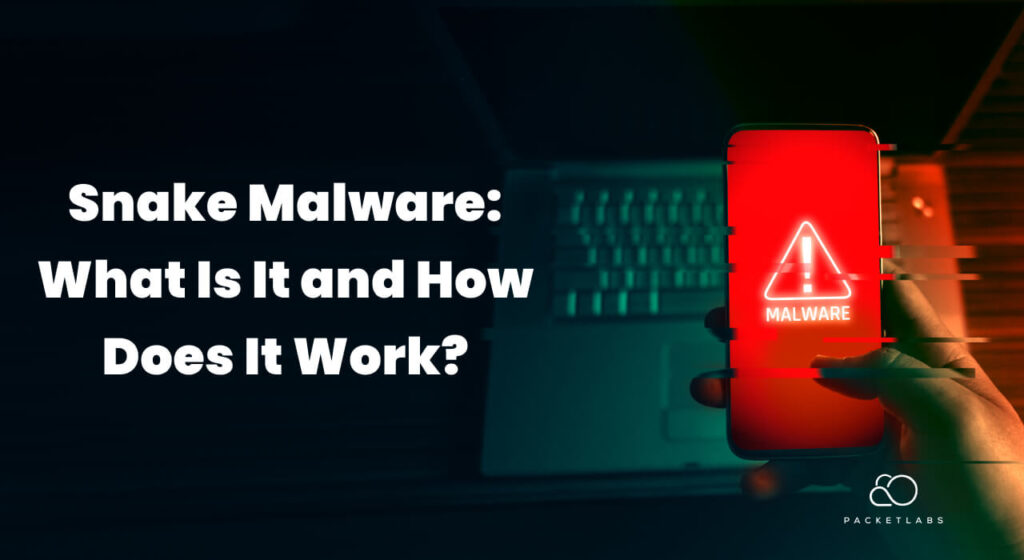
Understanding Snake Malware and Its Implications
Snake malware, also recognized as Turla, has carved a reputation as a formidable cyber threat since its emergence in 2008. Attributed to Russian state-sponsored actors, Snake malware has been leveraged in complex espionage operations against targets including government and military institutions, as well as diplomatic agencies.
The Evolving Threat: Snake Malware's New Campaigns
Recent intelligence reports have raised alarms about new campaigns where Snake malware has infiltrated government and military entities across Europe and North America. Its sophisticated design enables it to stealthily bypass detection mechanisms and siphon off sensitive information, presenting a significant risk to national security and individual privacy.
Demystifying Snake Malware
Snake malware is a complex, multi-faceted cyber threat, engineered to stealthily penetrate systems and exfiltrate data. Its deployment typically commences with spear-phishing emails containing malicious links or attachments. Once the malware infects a system, it utilizes rootkit capabilities, encryption, and anti-debugging tactics to conceal its presence and maintain control.
Key Components of Snake Malware
Keylogger Module
Captures keystrokes to gain access to confidential data like passwords and usernames.
Backdoor Module
Offers remote access to attackers, enabling them to execute commands and transfer files.
Keylogger Module
Employs sophisticated methods such as HTTP, SMTP, and DNS tunneling to transmit stolen data stealthily.
The presence of Snake malware on a system can lead to catastrophic outcomes, from the theft of sensitive information to the disruption of critical infrastructure.
Combatting Snake Malware: Detection and Mitigation
Countering Snake malware demands a robust, multi-dimensional cybersecurity strategy. Organizations and individuals can enhance their defenses by adopting the following measures:
1. Antivirus Solutions
Utilize up-to-date antivirus software to detect and remove prevalent strains of Snake malware.
2. Network Monitoring
Implement sophisticated monitoring tools to identify and investigate abnormal network traffic indicative of malware activity.
3. Regular Patching
Stay vigilant with software updates to protect against vulnerabilities that could be exploited by Snake malware.
4. Cybersecurity Best Practices
Enforce strong password policies, enable two-factor authentication, and educate users to recognize and avoid phishing attempts.
5. Security Assessments
Regularly assess your security posture to identify and mitigate potential system vulnerabilities.
6. Endpoint Detection and Response (EDR)
Invest in EDR tools for enhanced endpoint visibility and threat remediation capabilities.
By integrating these practices, entities can significantly diminish the risk of Snake malware infection and bolster their overall cybersecurity framework.
In the Face of Persistent Threats
Snake malware exemplifies the sophisticated nature of modern cyber threats. To safeguard against such risks, it’s imperative for organizations and individuals to adopt a proactive and layered approach to cybersecurity. This involves not only deploying the right technical solutions but also staying abreast of the latest threat intelligence and continuously refining security protocols.
Proactive Cybersecurity as the New Norm
In an era where advanced persistent threats like Snake malware are a constant concern, vigilance and proactive cybersecurity practices are the keys to maintaining safety in the digital domain. With ongoing advancements in cybersecurity technology and strategies, we can anticipate and mitigate these threats more effectively, ensuring a more secure future for digital infrastructure and personal data privacy.

